Automakers Bet on Performance EVs to Revive Slowing Demand originally appeared on Autoblog.
The new Lyriq-V is the fastest Cadillac ever. It’s also the first all-electric member of Caddy’s high-performance V-Series – though it won’t be the last, with the Optiq-V soon to follow.
The General Motors luxury brand is just the latest in a growing list of automakers rolling out high-performance battery-electric vehicles which, in many cases, are the fastest products those automakers have ever brought to market, like the Hyundai Ioniq 5 N.

“It really puts a halo around our Ioniq EV brand,” said Olabisi Boyle, senior vice president of product planning and mobility strategy for Hyundai Motor North America. And, at a time when demand for EVs is slowing, that could continue to bring new buyers into showrooms, Boyle added.
Related: Hyundai Ioniq 5 N First Drive Review: Mega fun everywhere, not just 0-60
Instant Torque
While many folks still think of EVs as slow and stodgy, they’ve fallen behind the times. The reality is that electric motors can make gobs of wheel-spinning torque. More importantly, that torque comes on all but instantaneously, while even the most powerful internal combustion engines need to rev up before delivering maximum performance, explained Sam Fiorani, lead analyst with AutoForecast Solutions.
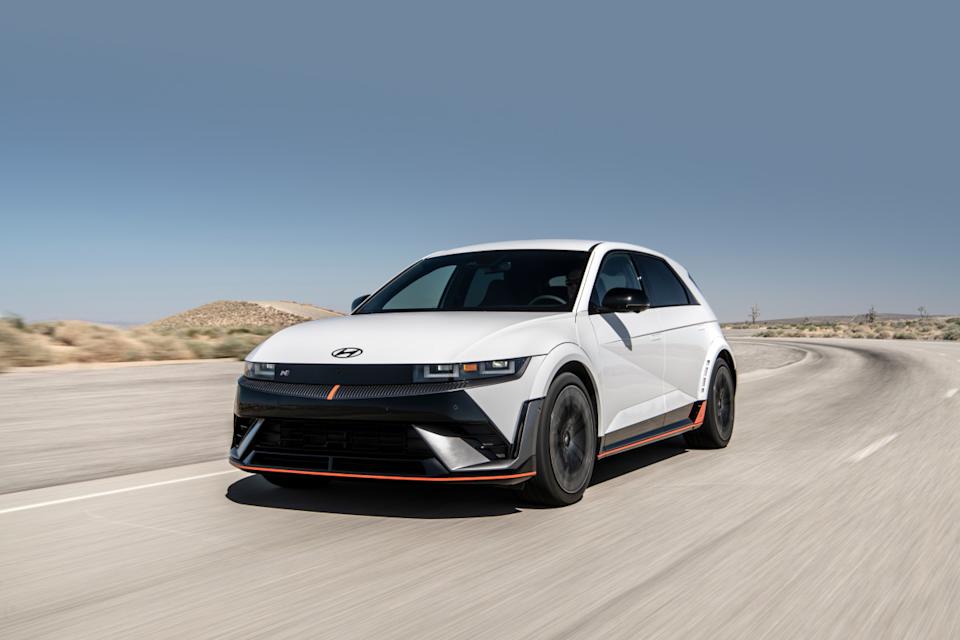
And, when looking at the specs, it’s not always an apples-to-apples comparison, Fiorani added. “There are more losses” when you’re talking about gas-driven powertrains so an EV can often outperform a gas model with seemingly better specs.
The 2026 Cadillac Lyriq-V is a case in point. With 615 horsepower and 680 lb-ft of torque, the new EV package can launch from 0-60 mph in a mere 3.3 seconds, a tenth of a second faster than the Cadillac CT5 Blackwing – which is nearly 1,800 pounds lighter and punches out 668 horsepower and 659 lb-ftof torque.
Conclusively Demonstrated
A lot has changed since the first mass market battery-electric vehicle, the Nissan Leaf, came to market in 2011. “EVs are no longer fancy golf carts,” said Sam Abuelsamid, lead data cruncher for Telemetry Research. “It’s been quite conclusively demonstrated EVs can be incredibly quick.”
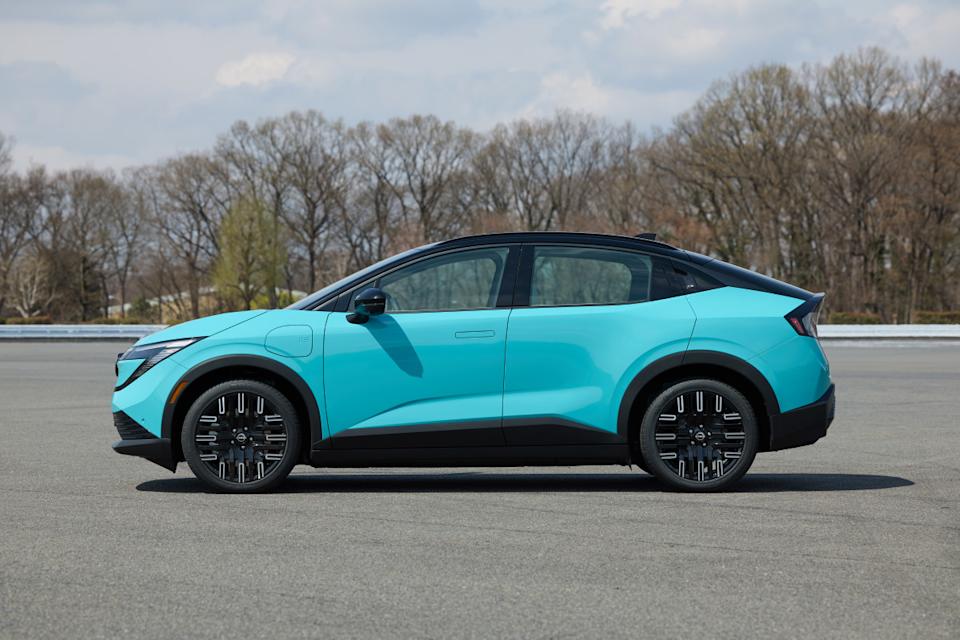
Even base models often outperform the top-line gas packages in comparable product lines, the Ioniq 5 being a case in point. And when it comes to upper-end models, EVs are becoming increasingly difficult to beat.
Catapult Launches
The Lucid Air Sapphire and Tesla Model S Plaid are good examples. Able to hit 60 in less than two seconds, they deliver the sort of off-the-line acceleration one might loosely compare to what it’s like taking off from a modern aircraft carrier.
Related: 2026 Lucid Air Gives Tesla More Reasons To Worry
“From a technical perspective, it’s easy to make a really fast EV – a lot easier than a really fast gas car,” said Ed Kim, president of AutoPacific, Inc., an auto industry think tank.
That’s one reason why exotic brands like Ferrari, Lamborghini and Porsche have begun embracing battery-electric propulsion. The German marque recently launched its second EV, the Macan Electric SUV, with battery-powered replacements coming for both Boxster and Cayman – and more to follow.
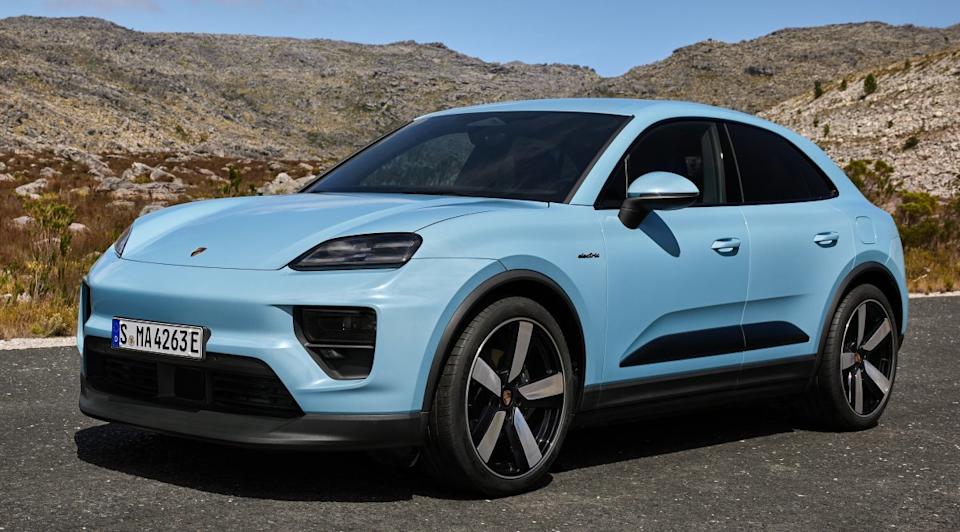
Battery Assist
For its part, General Motors is adding high-performance versions of virtually all of its EVs, the new Chevrolet Blazer SS being one example. Like many of its competitors, GM is responding to the slowdown in EV growth by rethinking the commitment “to an all-electric future” CEO Mary Barra made around the beginning of the decade. But it is far from walking away entirely. If anything, it now plans to offer more “electrified” variants to its line-up, taking advantage of both the better energy efficiency and performance of electric motors.
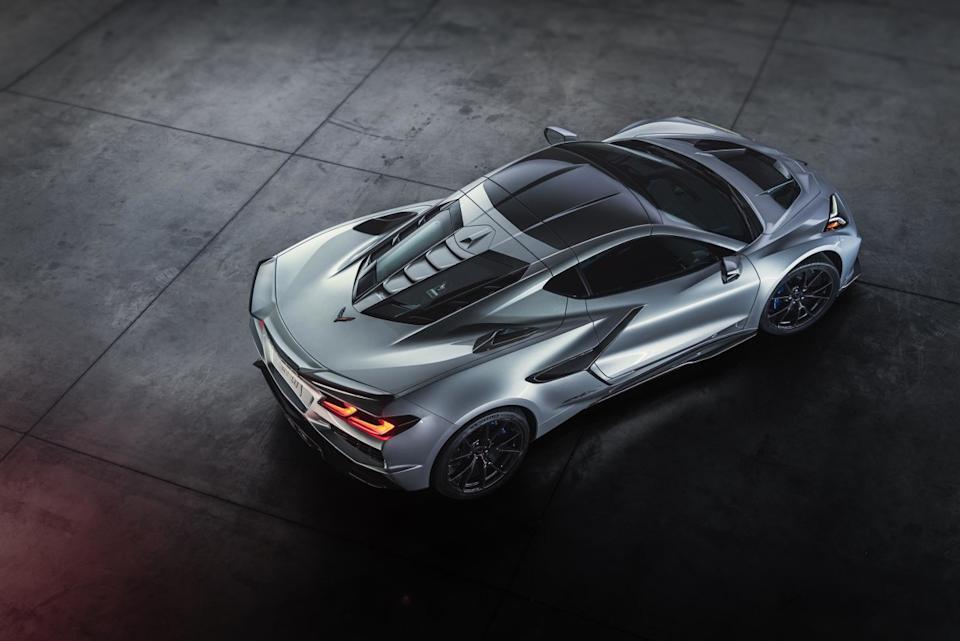
The Chevrolet Corvette is a good example. An all-electric version currently is on hold. But Chevy just debuted the most powerful version of “America’s sports car” ever, the Corvette ZR1X. Making 1,250 from its hybrid drivetrain, the 2026 Chevrolet Corvette ZRX1 will launch from 0-60 in “under 2 seconds,” the bowtie brand told reporters during a background briefing in June.
Related: Chevy Corvette ZR1X Leaves Nowhere for Hypercars to Hide
The Limits of ICE
And electrifying the Corvette doesn’t just deliver straight line acceleration. For those pushing performance to the limit, whether on track or the street, “You can take advantage of the torque” said chief chassis engineer Cody Bulkley, “to dig you out of a corner.”
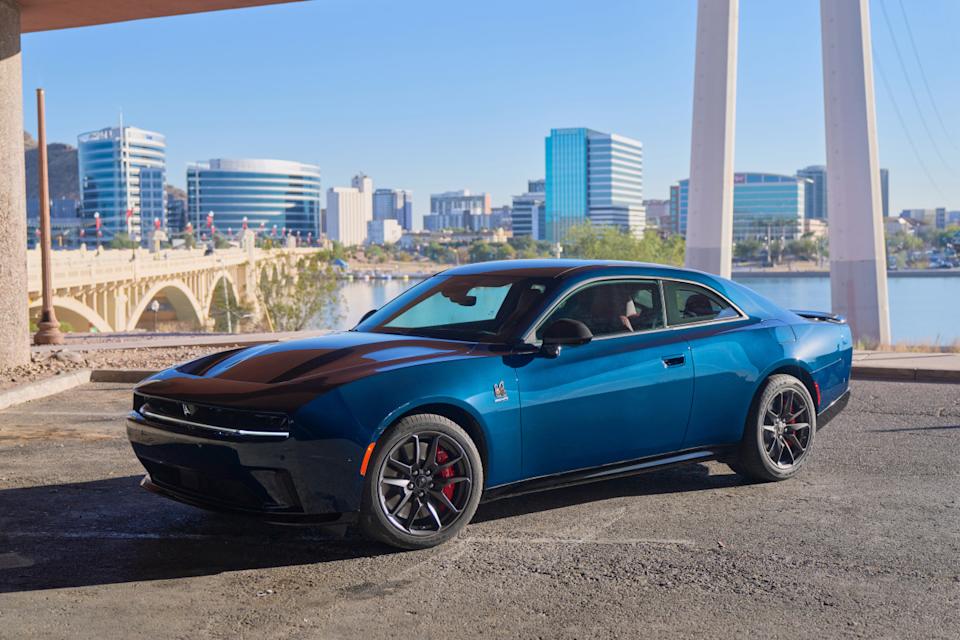
Critically, both Bulkley and Chief Engineer Josh Holder told Autoblog, it is becoming ever more difficult, if at all possible, to beat the performance of an all-electric or an electrified powertrain with a pure internal combustion package.
Though Dodge is getting ready to launch a gas version of the all-new Charger, company officials say it won’t come close to matching the performance of the all-electric Charger Daytona package.
Shining the Halo
We’ll be seeing plenty more EV performance packages coming to market over the next few years, even as automakers slow the overall roll-out pace for battery models. Hyundai, for one, is getting ready to launch production of the new Ioniq 6 N.
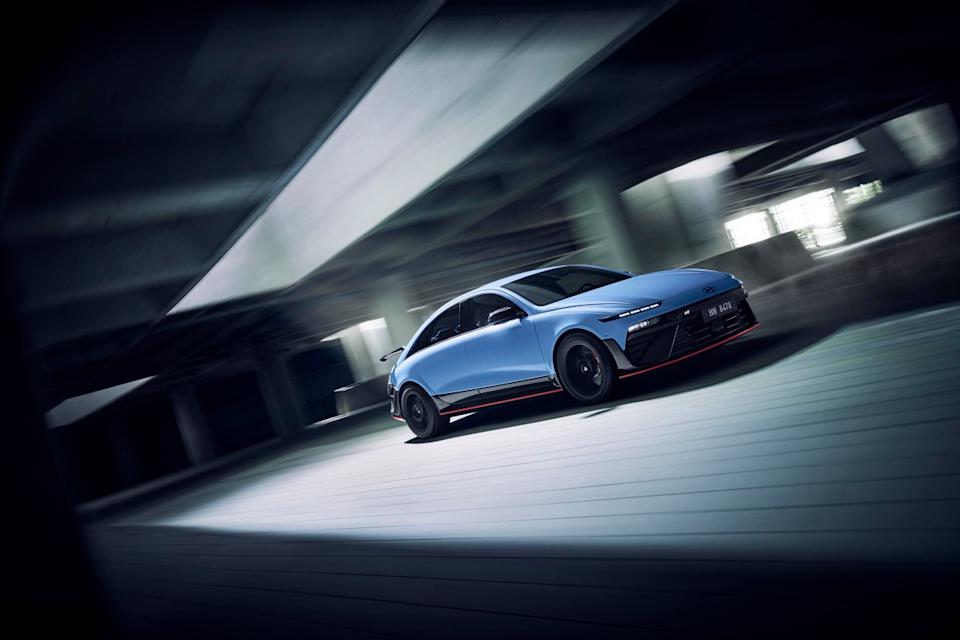
The goal isn’t to deliver a high-volume product, nor even to recoup the investment in the performance version of the sedan, according to Manfred Harrer, head of Hyundai’s Performance Development Tech Unit. “Normally, you’re always running the business case first, and the investment, and the material cost, and the volume behind it,” he told Drive.Com.au. “But here, it was clear if we have the ideas to improve the car, make it faster, increase the performance, make it easier to drive, do it.”
Hyundai planner Boyle put that another way: at a time when market sentiment, particularly in the U.S. has grown less friendly to EVs, it helps to downplay traditional selling points like energy efficiency and climate change, focusing instead on the things that auto buyers always seem drawn to. And performance has always been a great way to sell cars.
Automakers Bet on Performance EVs to Revive Slowing Demand first appeared on Autoblog on Aug 2, 2025
This story was originally reported by Autoblog on Aug 2, 2025, where it first appeared.
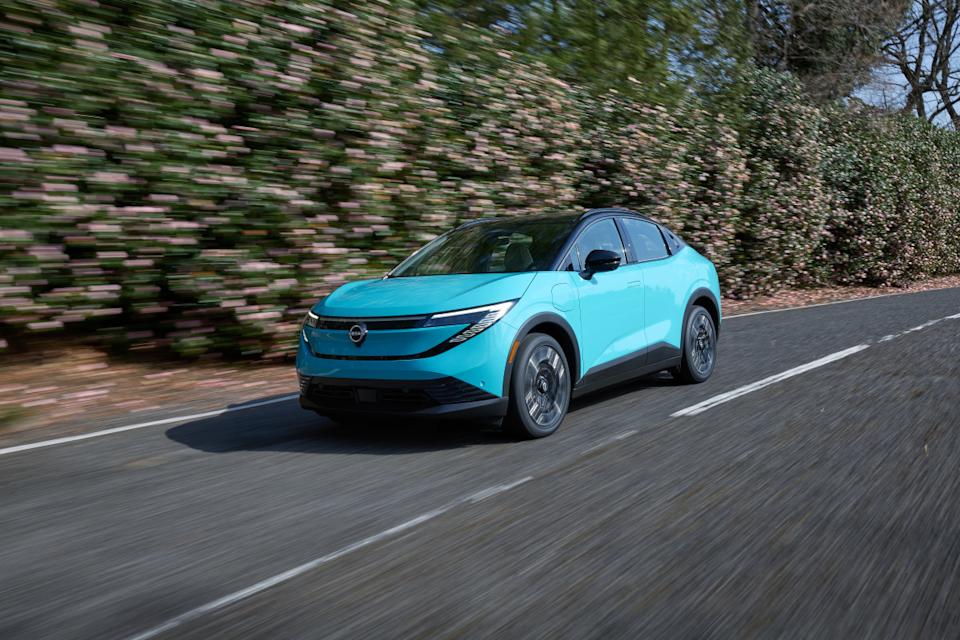
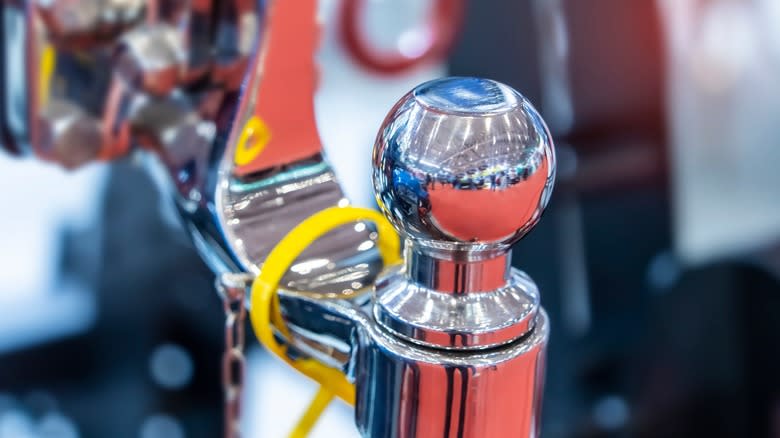

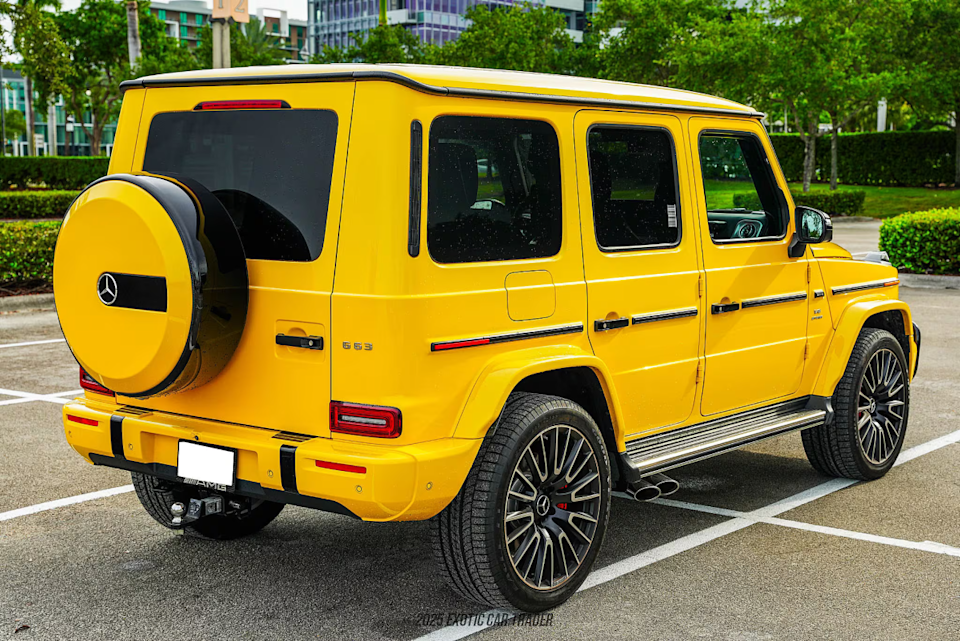
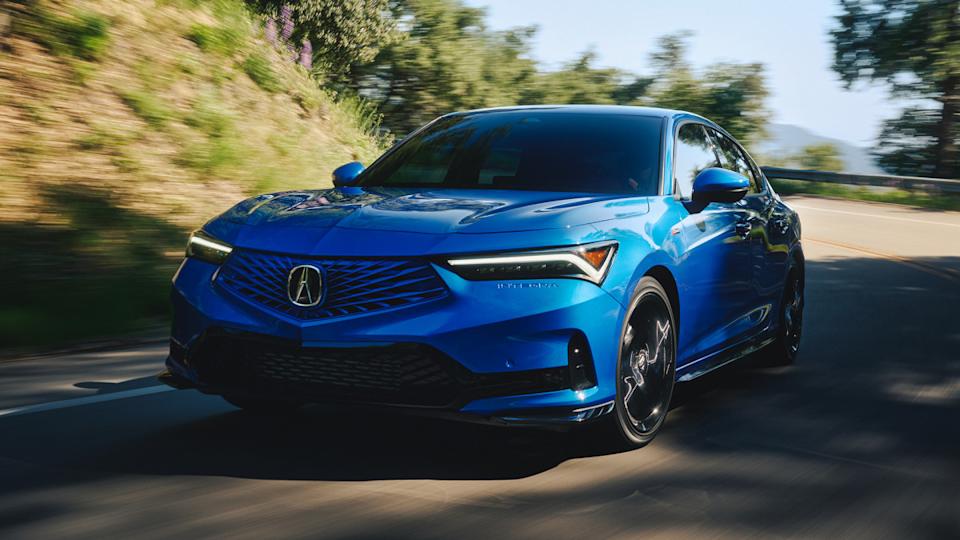
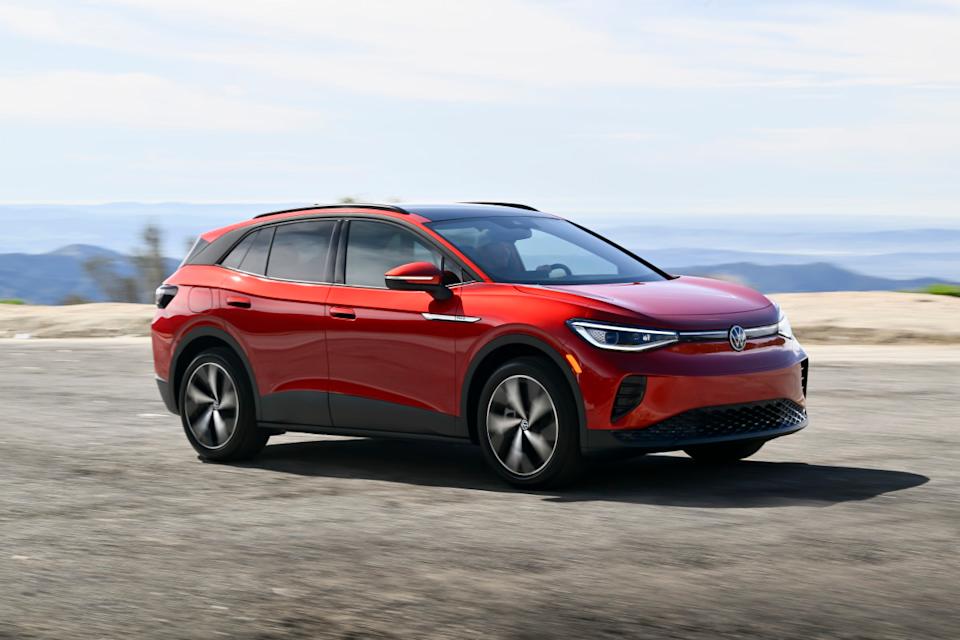
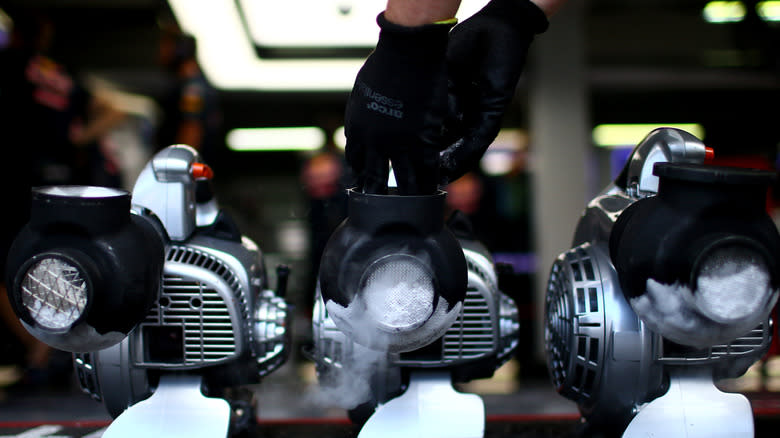
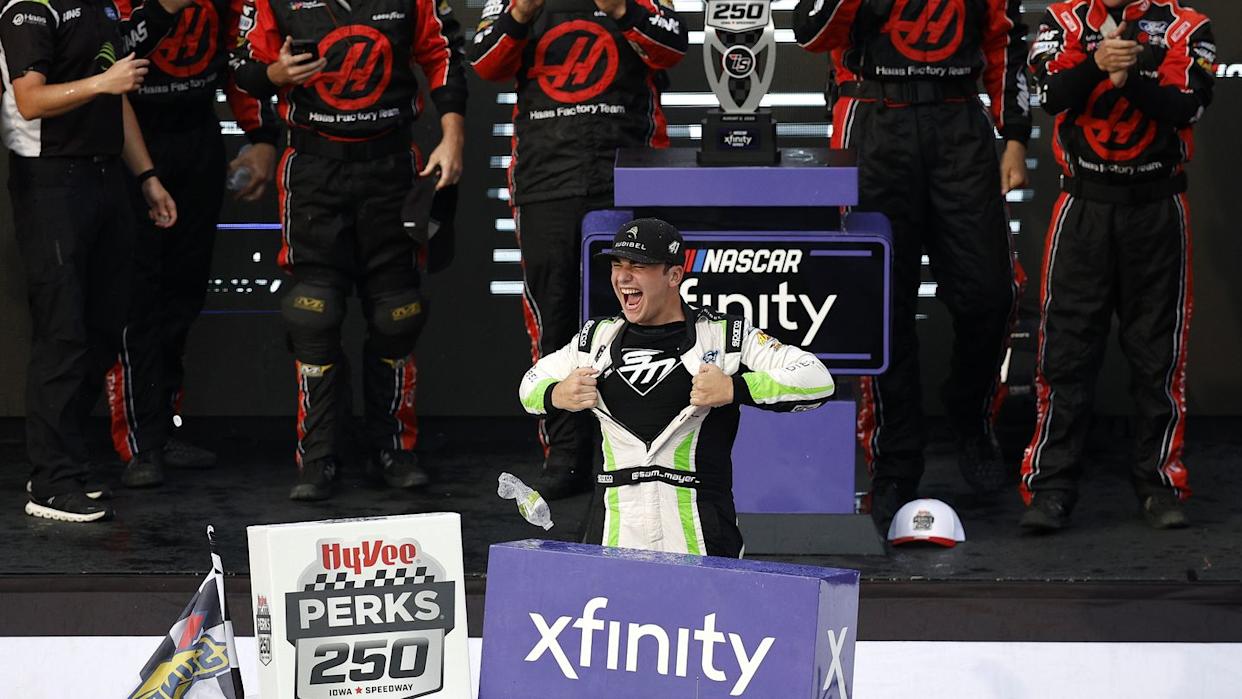
Comments